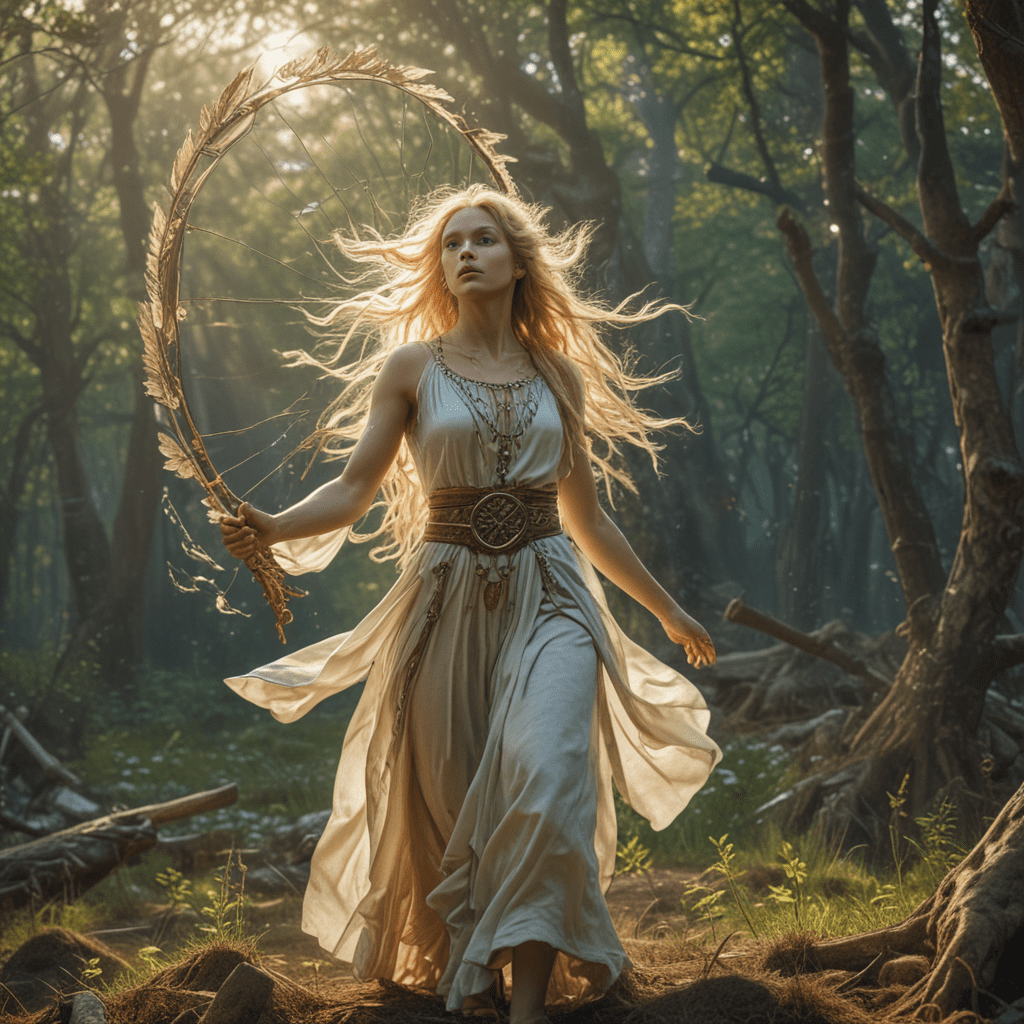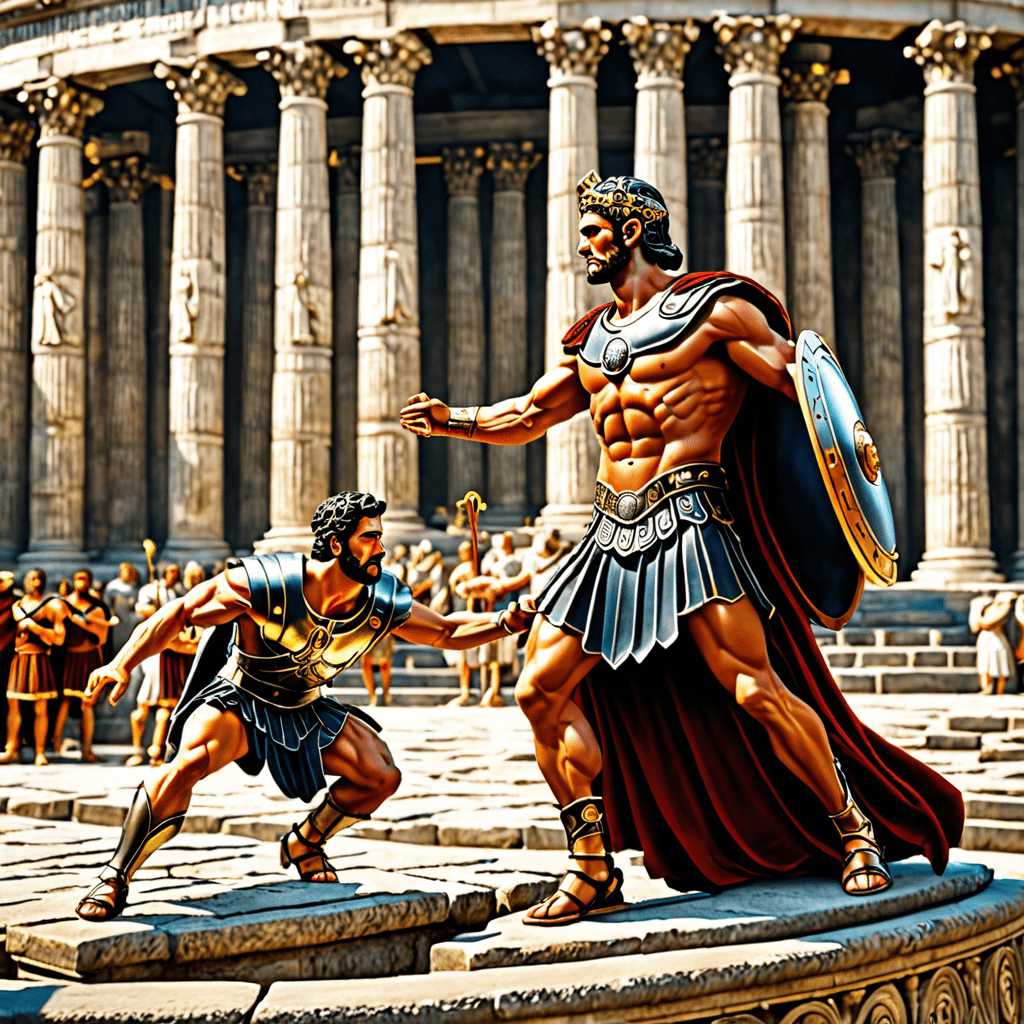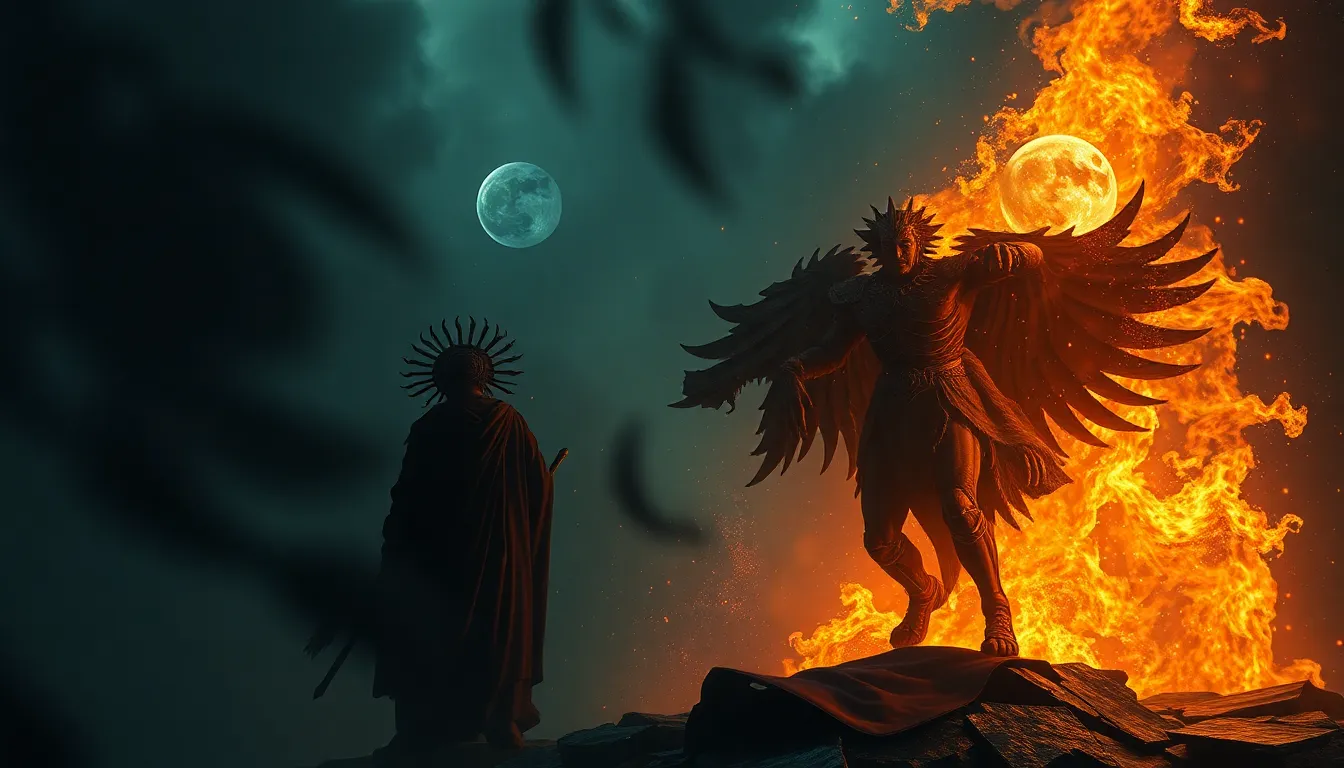Veles: The God of Winds and Magic
In Slavic mythology, Veles holds dominion over the realms of winds and magic, earning him the title of God of the Winds. This enigmatic deity possesses the power to stir tempests and summon spirits to his aid. As the embodiment of trickery and chaos, Veles is often portrayed as a cunning and unpredictable figure. His mastery of the winds allows him to influence weather patterns, bringing both life-giving rains and destructive storms.
Stribog: The Wind God and Herald of Storms
Stribog, the Wind God, is responsible for guiding the ethereal currents and summoning tempests upon the world. As the herald of storms, he rides upon the backs of raging winds, signaling the arrival of powerful cyclones and blizzards. Stribog's mighty breath can uproot trees, scatter seeds, and create swirling vortexes. He is often depicted as a majestic figure with flowing hair and billowing robes, embodying the untamed force of nature.
Mara: The Goddess of Winter and the North Wind
Mara, the Goddess of Winter, reigns over the frozen landscapes and frigid winds of the north. Her icy touch brings desolation and stillness to the land, shrouding it in a blanket of snow and ice. Mara's piercing gaze can freeze the hearts of mortals, and her breath releases chilling winds that bite at the flesh. As the embodiment of winter's harshness, she symbolizes the dormant cycle of life and the return of spring.
Viju: The Spirit of Storms and Thunder
Viju, the Spirit of Storms and Thunder, embodies the raw power and volatility of nature's wrath. He is often depicted as a fierce and enigmatic figure, galloping across the heavens on a chariot pulled by thunderclouds. With each strike of his lightning, Viju brings down thunderbolts that illuminate the skies and shake the earth. He represents the untamed forces of nature that both awe and terrify mortals.
Vesna: The Goddess of Spring and the East Wind
Vesna, the Goddess of Spring, heralds the rebirth of life and the arrival of the east wind. Her warm breath melts away the snow and ice, allowing new growth to emerge from the barren earth. Vesna embodies the joy and fertility of spring, bringing with her blooming flowers, singing birds, and the promise of renewal. As the harbinger of the season of rebirth, she represents the triumph of life over the harshness of winter.
Perun: The God of Thunder and Lightning
Perun, the God of Thunder and Lightning, wields immense power over the celestial realm. His thunderous roars shake the heavens and his lightning bolts illuminate the skies with blinding brilliance. Perun represents the untamed forces of nature, embodying both their destructive and their protective aspects. As the patron of warriors and the defender of justice, he is often invoked in times of conflict and peril. Perun's wrath is feared by his enemies, but his benevolence extends to those who honor him and seek his protection.
Mokosh: The Goddess of Rain and Dew
Mokosh, the Goddess of Rain and Dew, nurtures the earth with her gentle touch. Her life-giving waters sustain all living creatures, bringing forth bountiful harvests and ensuring the fertility of the land. Mokosh is associated with the moon and the feminine cycle, representing the nurturing and protective aspects of nature. Her presence brings tranquility and abundance, fostering growth and renewal. In times of drought, people pray to Mokosh, seeking her blessing for rain and the rejuvenation of the earth.
Svarog: The God of Fire and the West Wind
Svarog, the God of Fire and the West Wind, embodies the transformative power of creation and destruction. His fiery forge breathes life into the world, shaping metals and forging the tools of civilization. Svarog's west wind brings change and inspiration, carrying seeds of new beginnings and the wisdom of ancient traditions. As the patron of blacksmiths and artisans, he represents the transformative power of human ingenuity and the indomitable spirit of creation.
The Wind Brothers: The Spirits of the Four Directions
Slavic mythology recognizes the Wind Brothers as the spirits of the four cardinal directions: North, South, East, and West. Each brother possesses unique powers and characteristics, reflecting the nature of their respective regions. The North Wind is associated with cold and harshness, the South Wind with warmth and fertility, the East Wind with renewal and growth, and the West Wind with change and transformation. Together, the Wind Brothers maintain the balance of nature, ensuring the harmonious cycle of the seasons and the well-being of all living creatures.
Beliefs and Rituals Related to the Beings of the Wind
The Slavic people held deep reverence for the beings of the wind, recognizing their profound influence on their lives. They believed that the wind carried messages from the gods and spirits, and that its direction and intensity could reveal the future. Rituals and offerings were performed to honor the wind beings and seek their favor. Sacrifices of food, drink, and animals were common, as was the burning of incense and the chanting of prayers. These rituals aimed to appease the wind beings, ensuring their continued protection and benevolence towards the people and the land.
FAQ
Q: Who was the most powerful wind god in Slavic mythology?
A: Stribog, the Wind God, was considered the most powerful among the beings of the wind.
Q: What did Mara, the Goddess of Winter, symbolize?
A: Mara represented the harshness and desolation of winter, as well as the dormant cycle of life.
Q: What natural phenomena did Perun, the God of Thunder and Lightning, control?
A: Perun controlled thunder and lightning, representing the untamed forces of nature.
Q: What role did the Wind Brothers play in Slavic mythology?
A: The Wind Brothers, spirits of the four directions, maintained the balance of nature and symbolized the harmonious cycle of the seasons.



